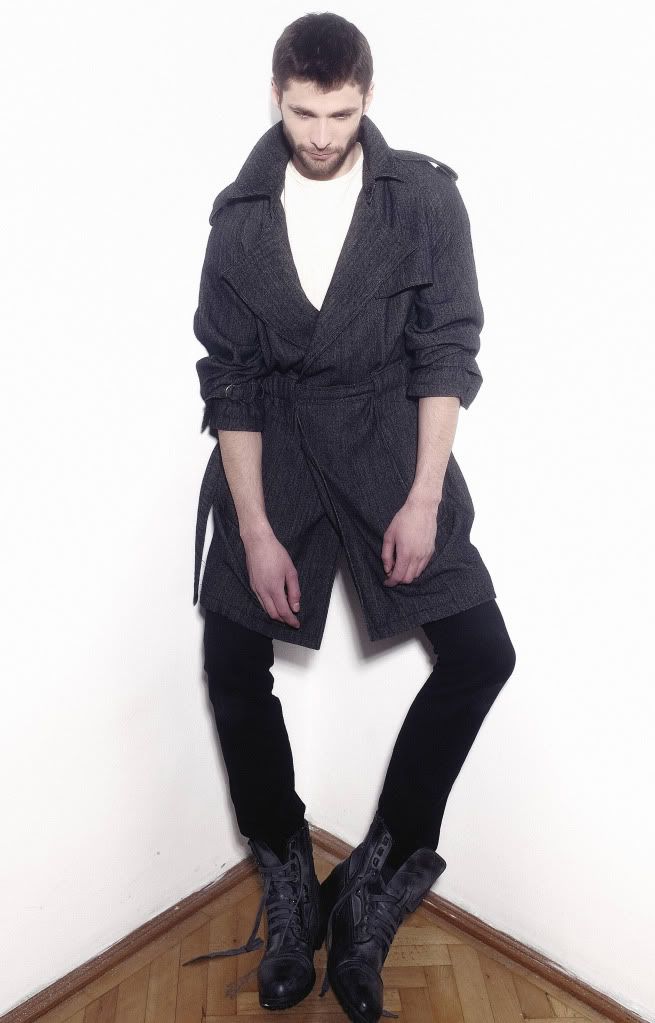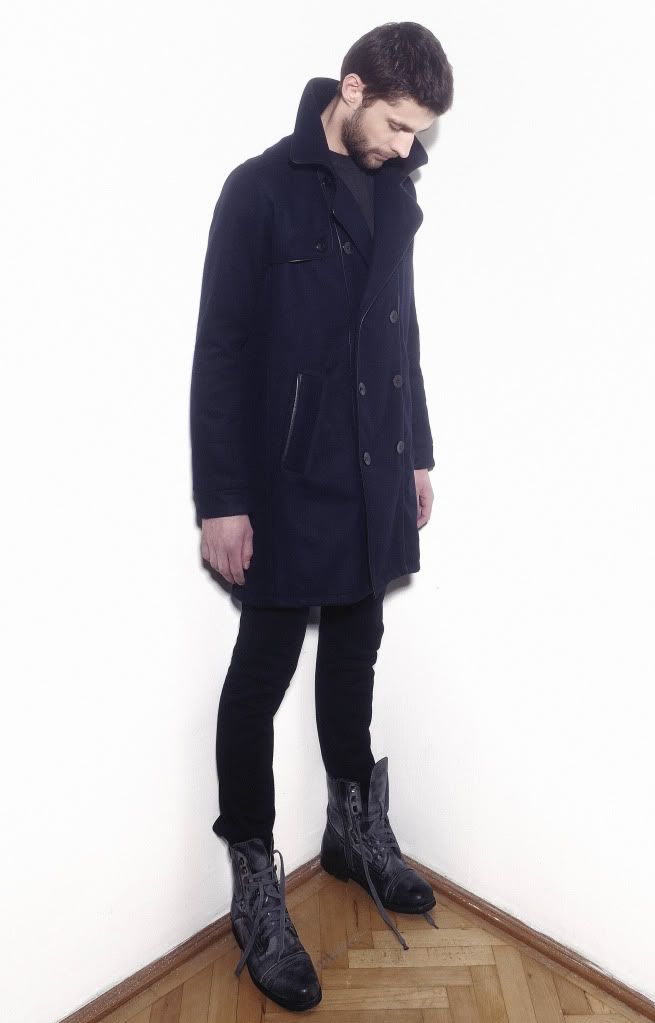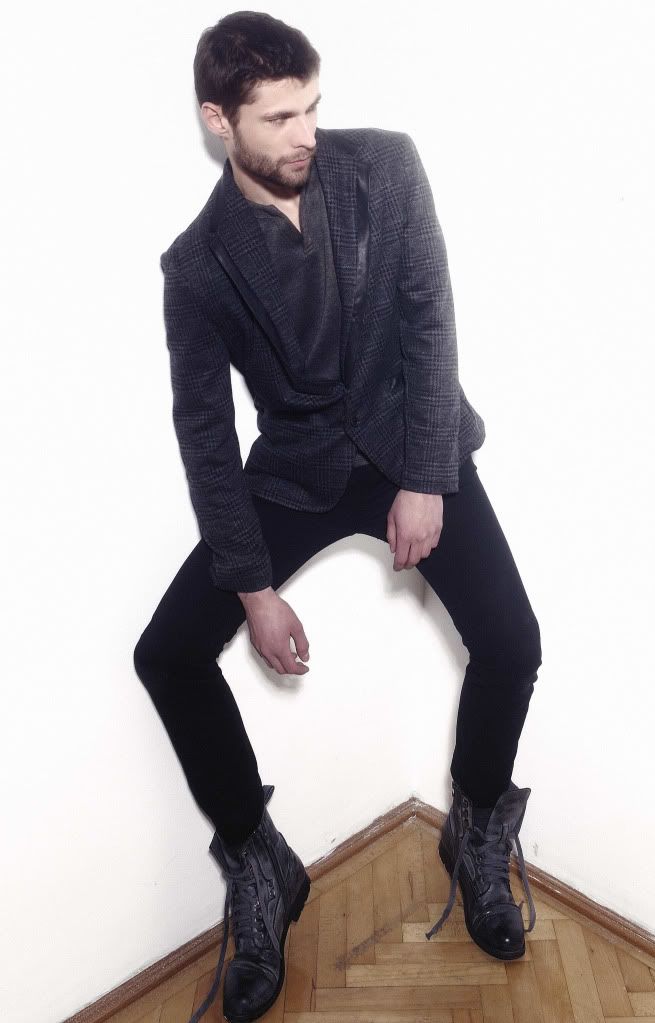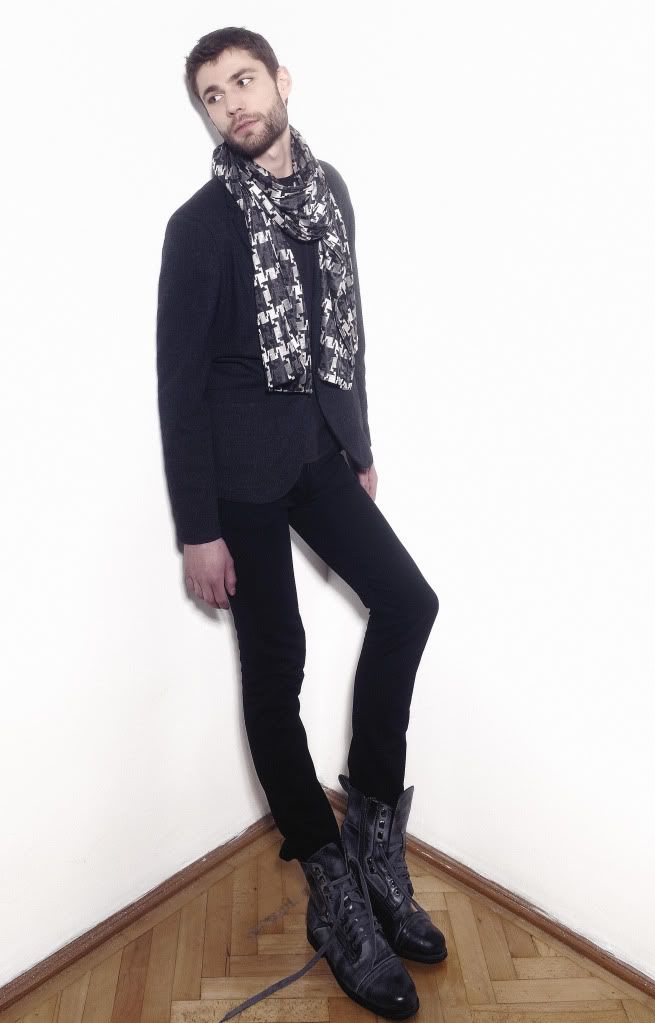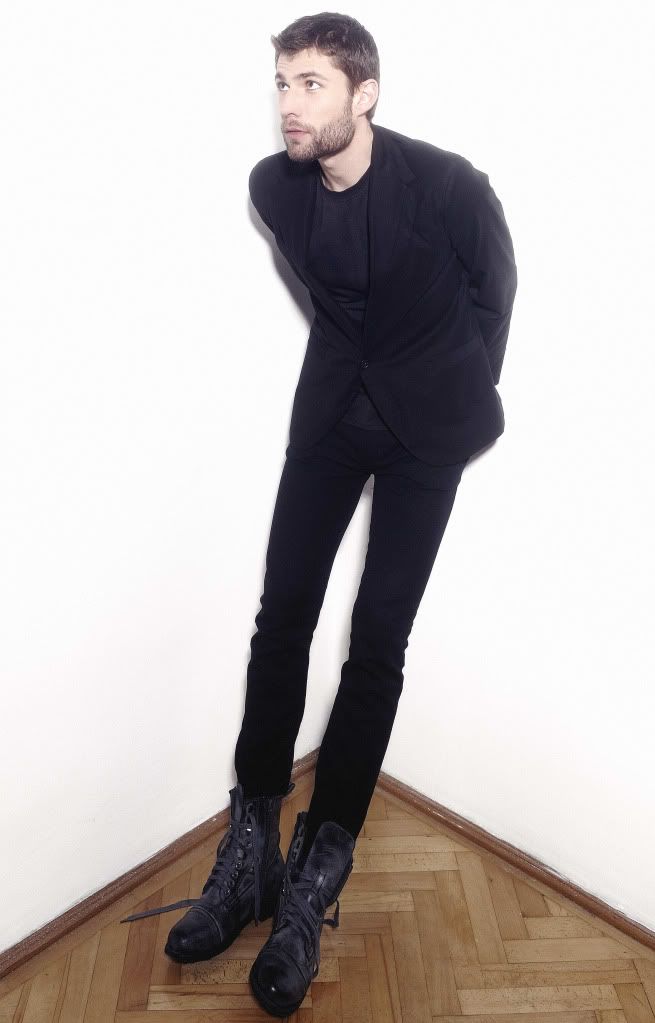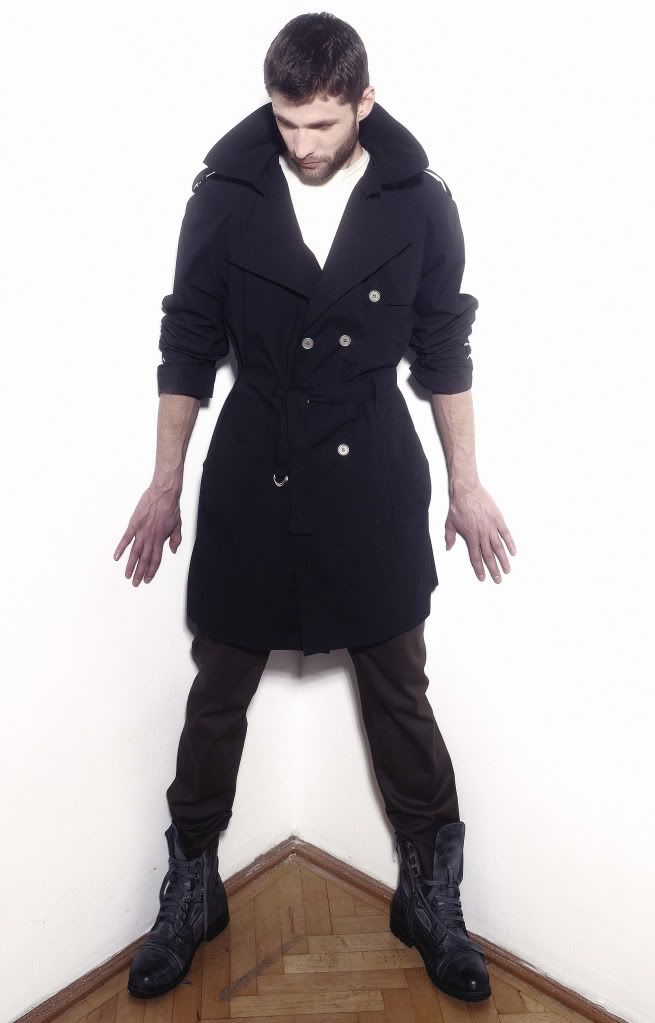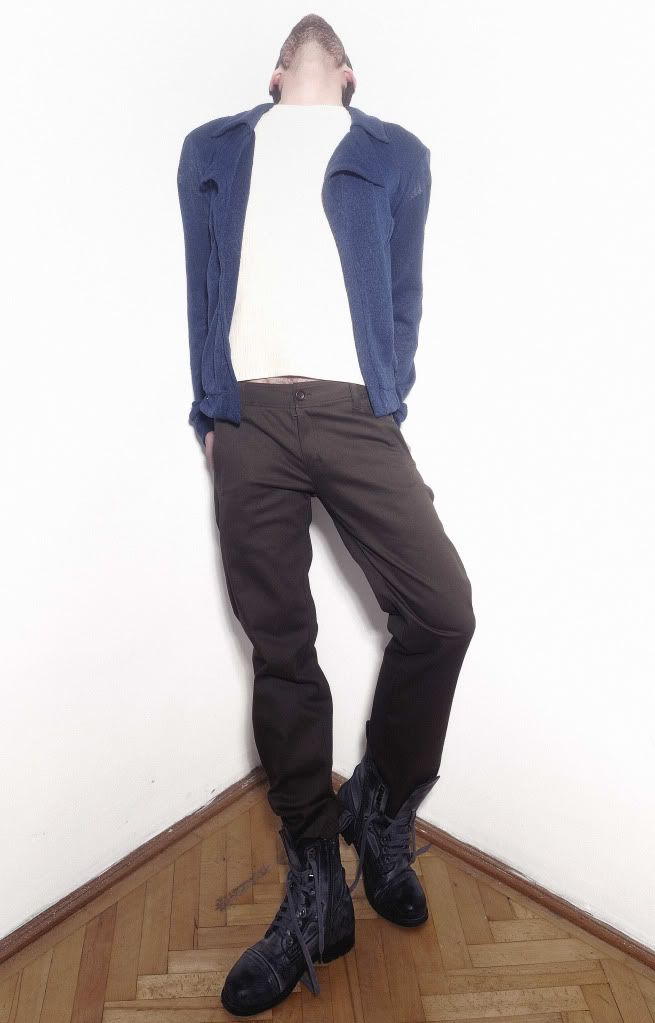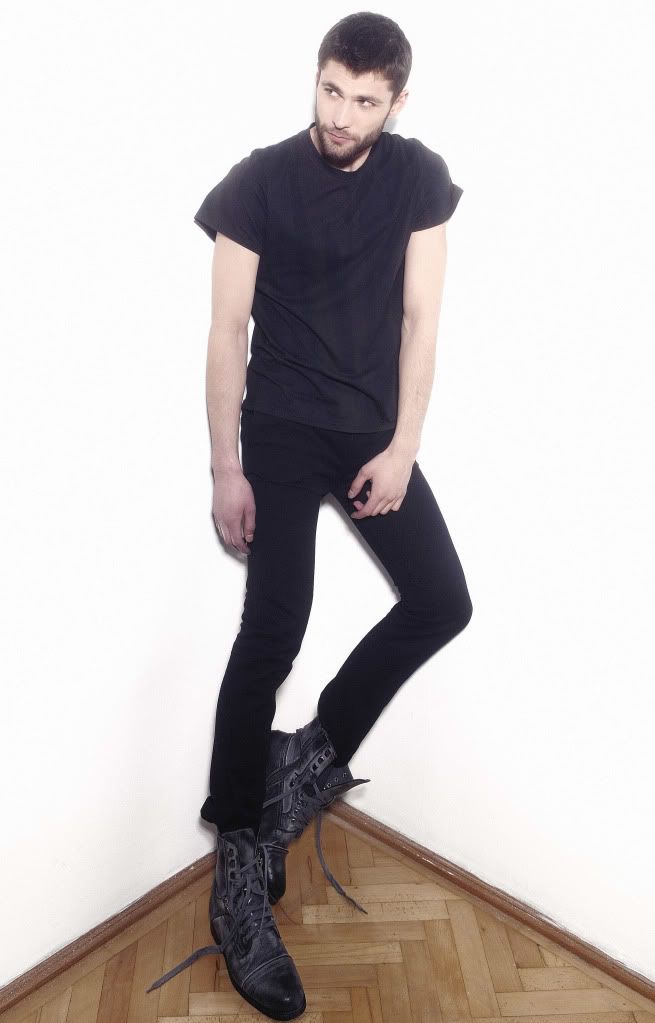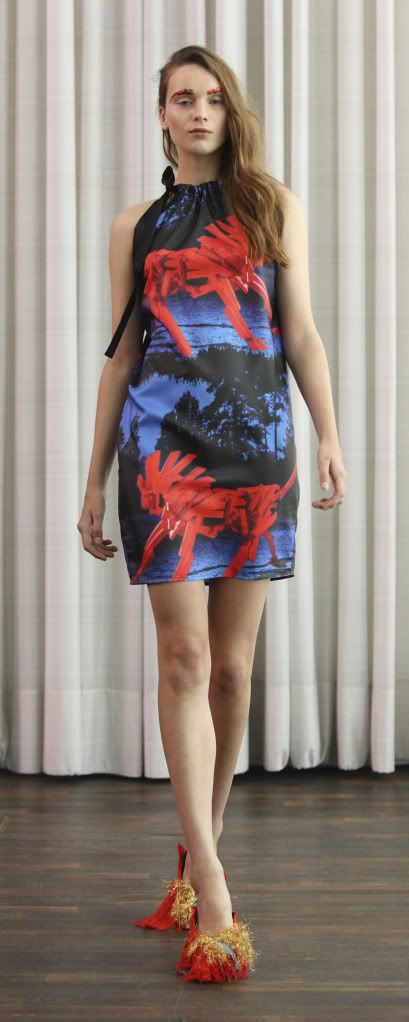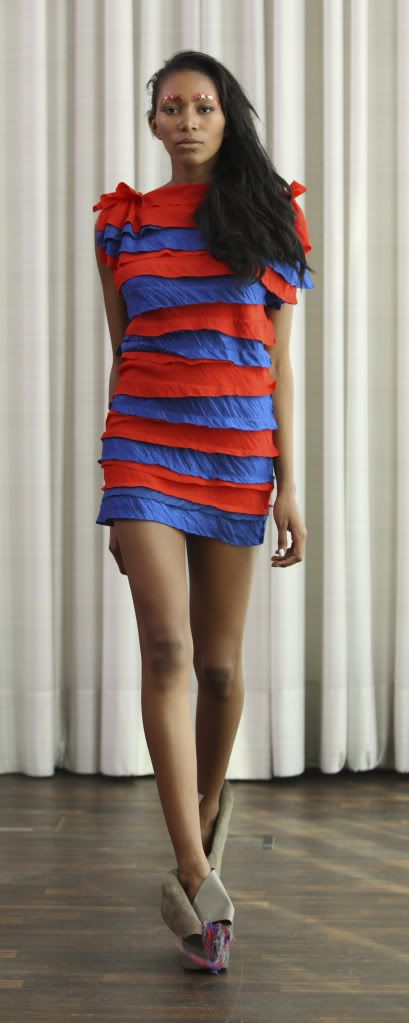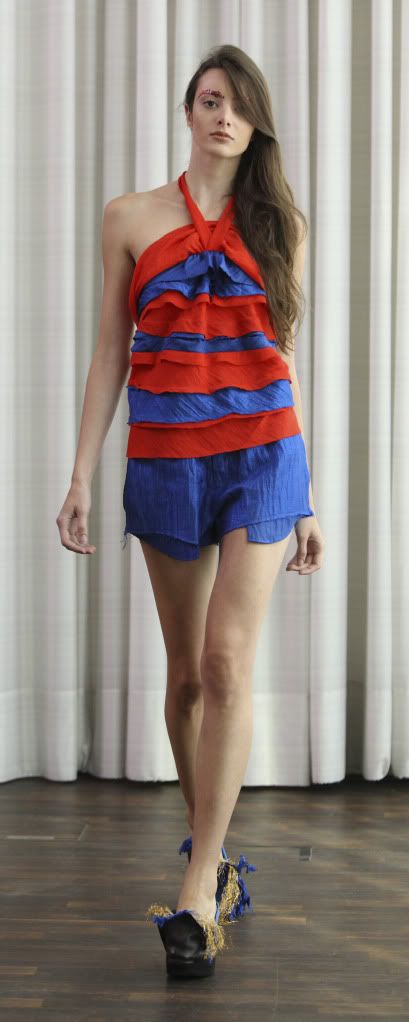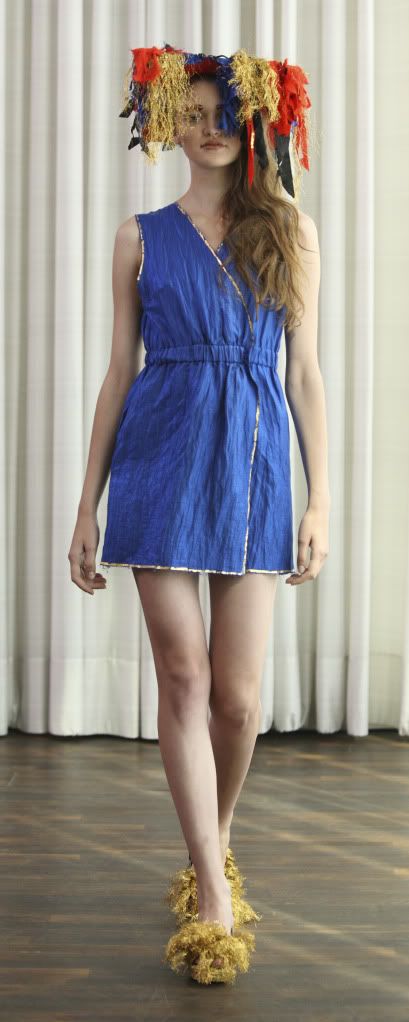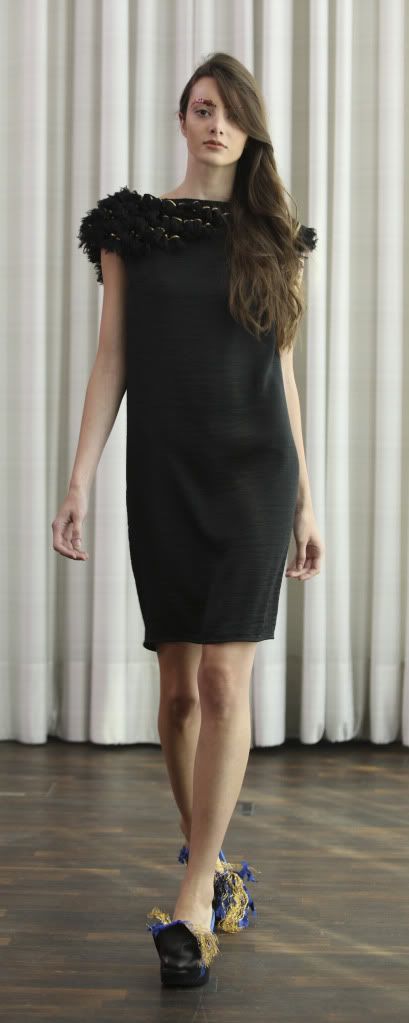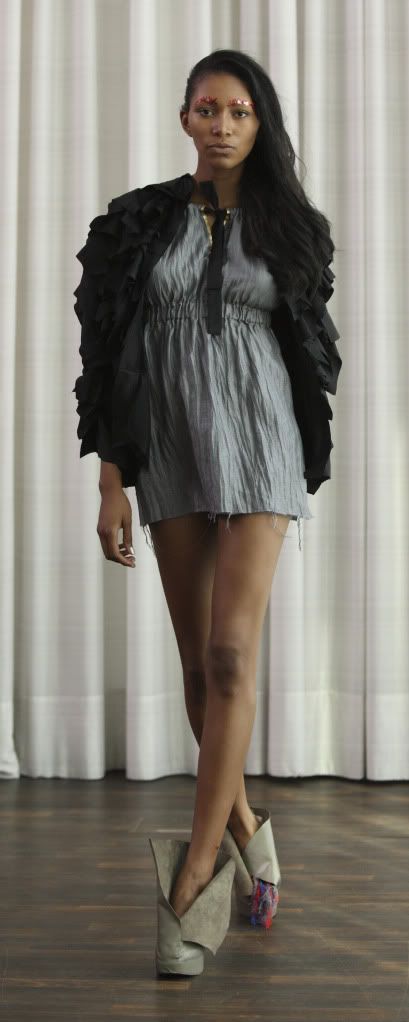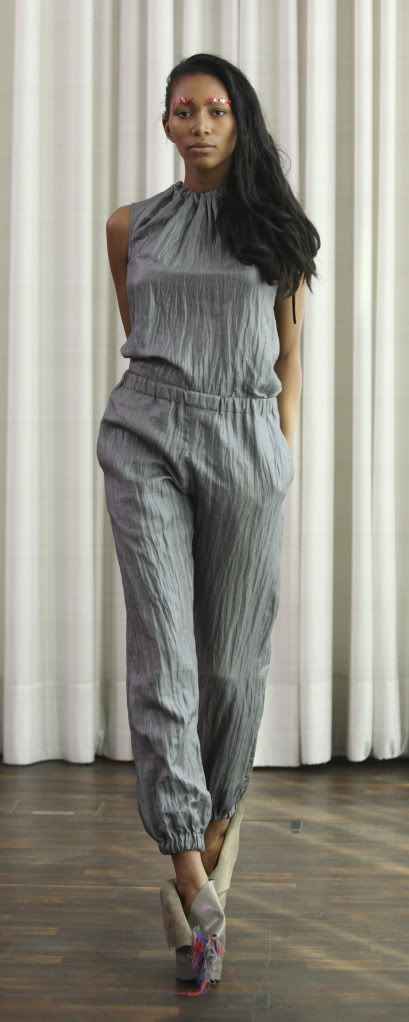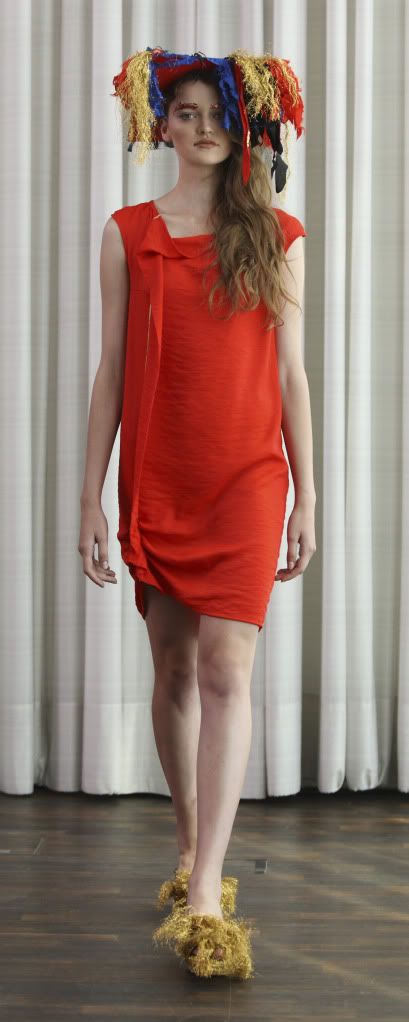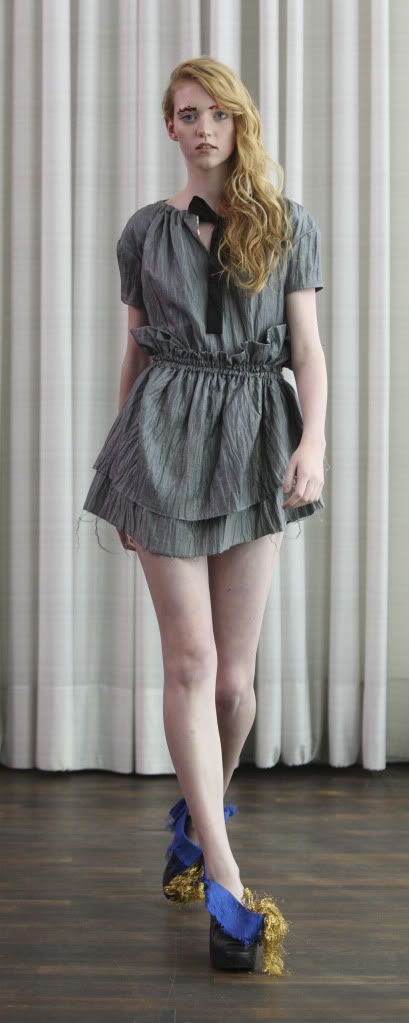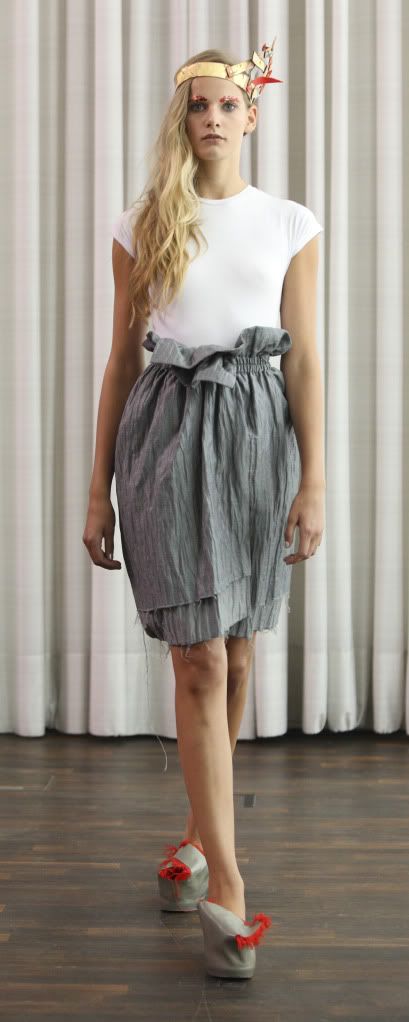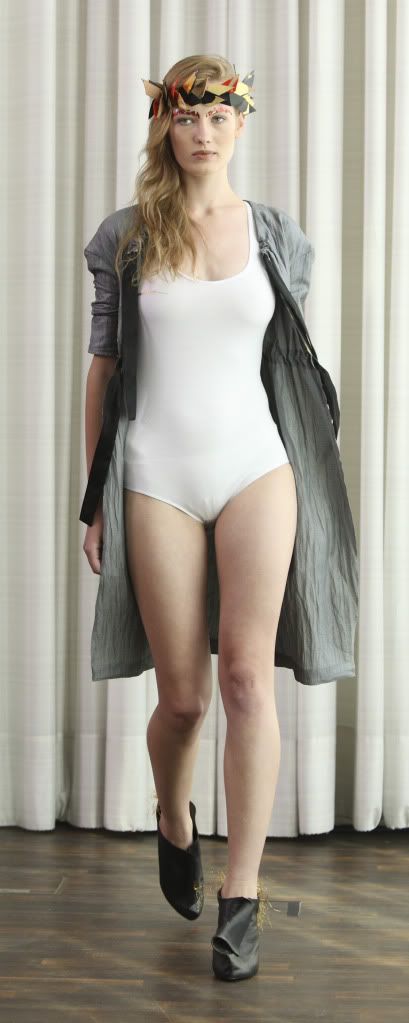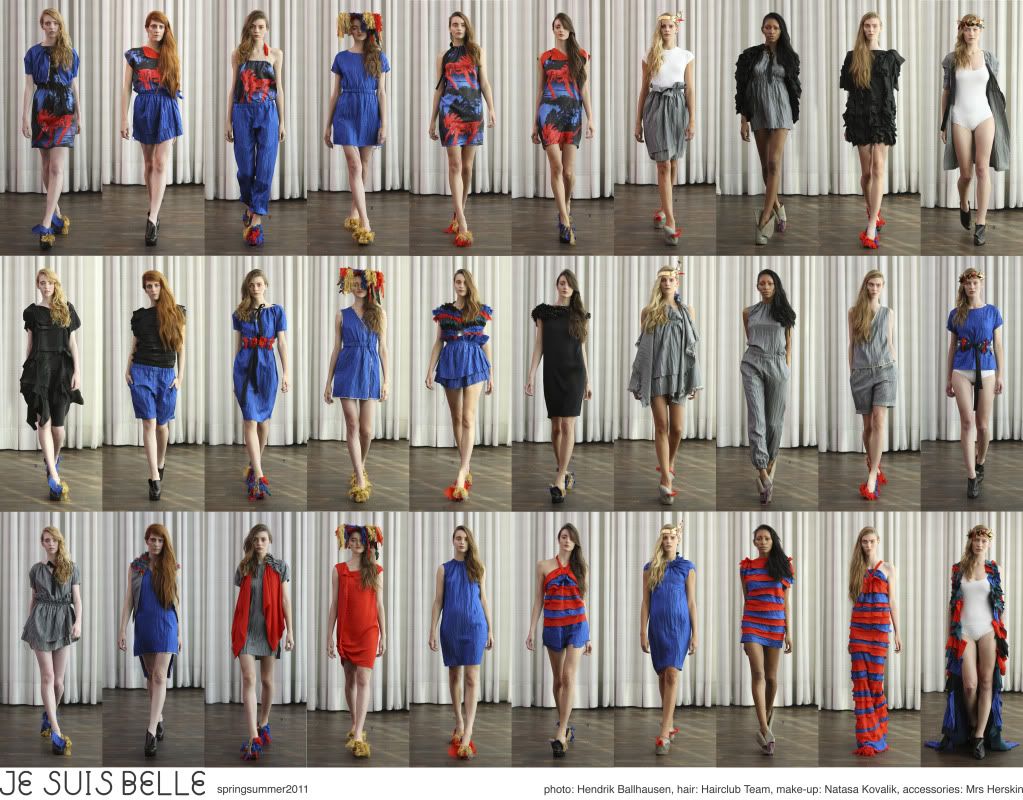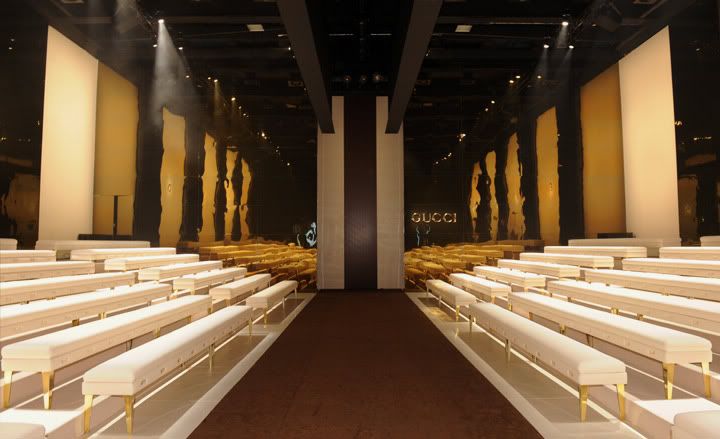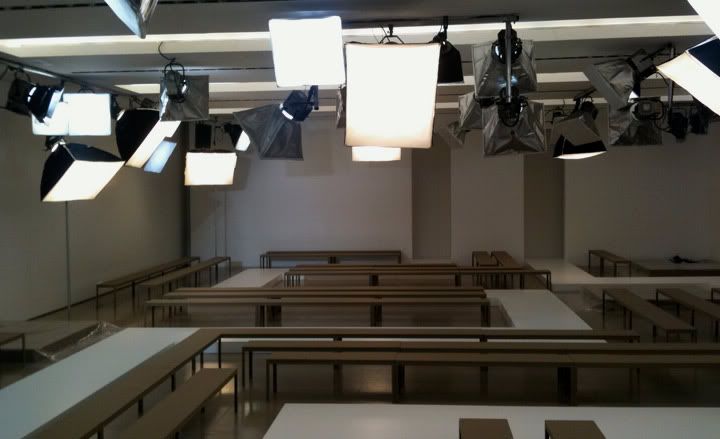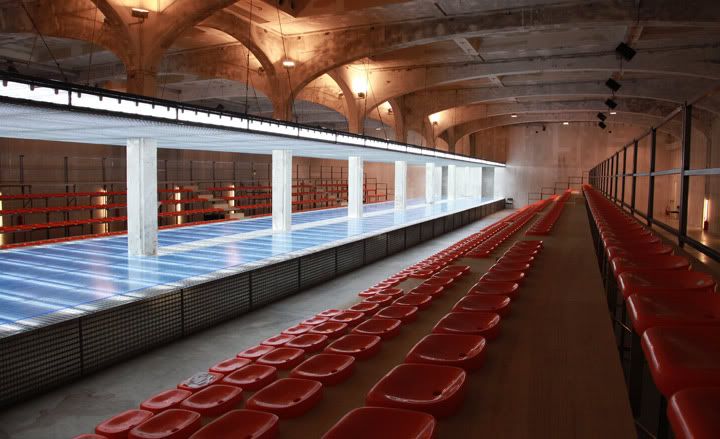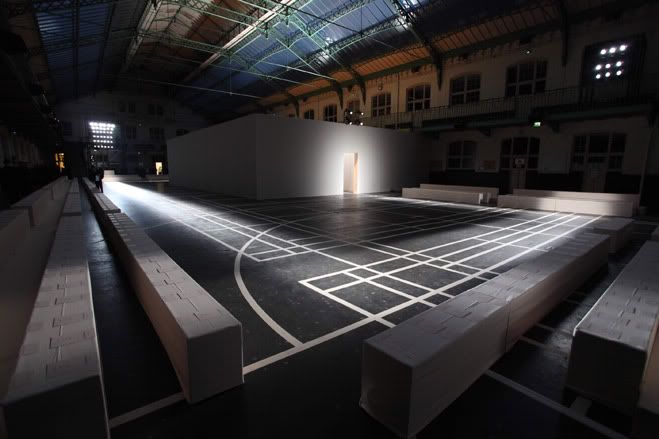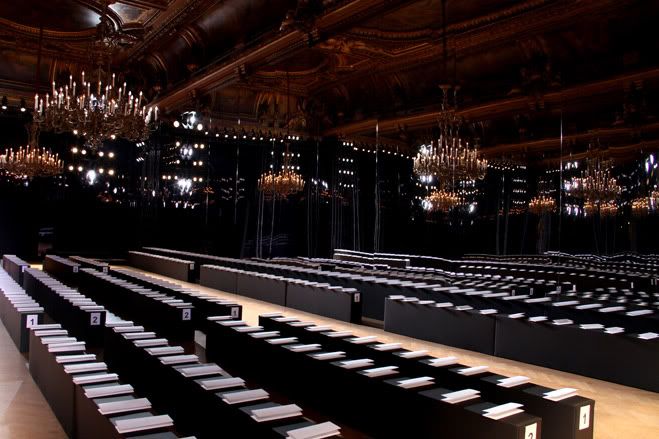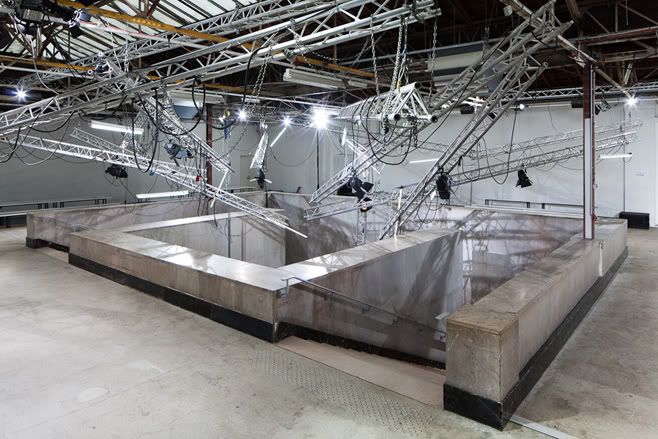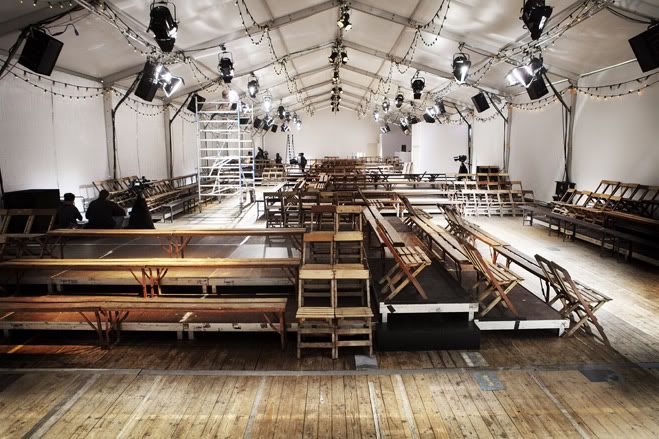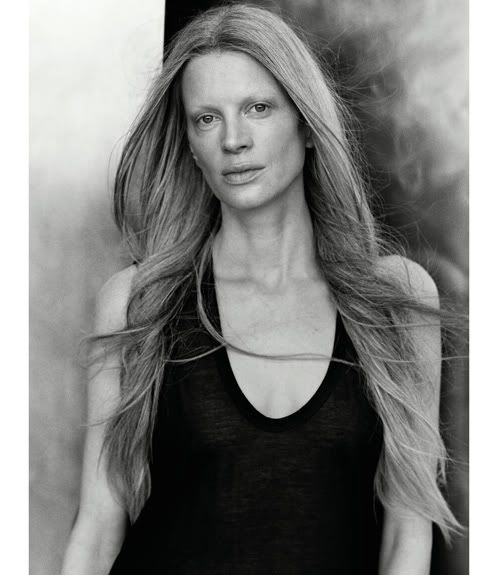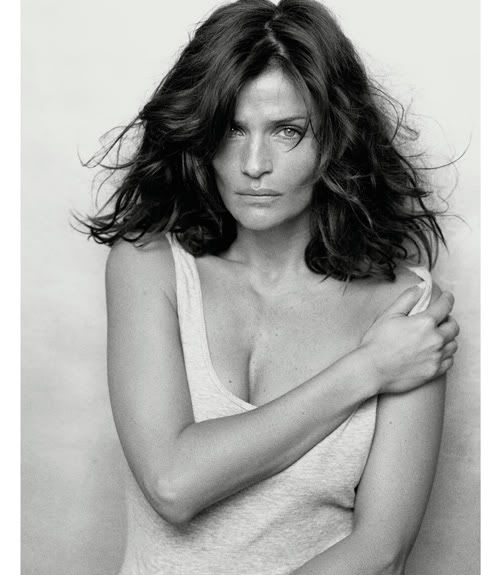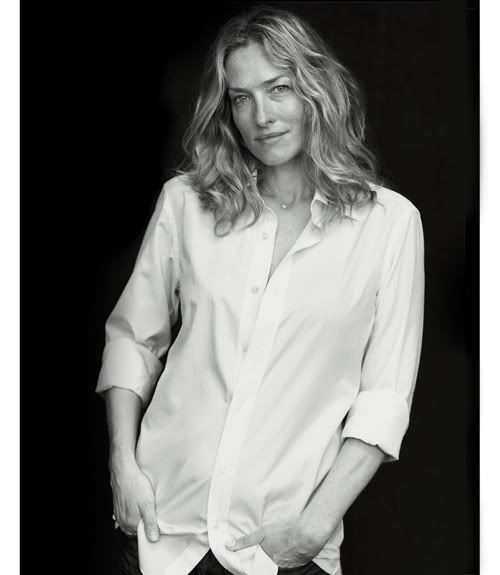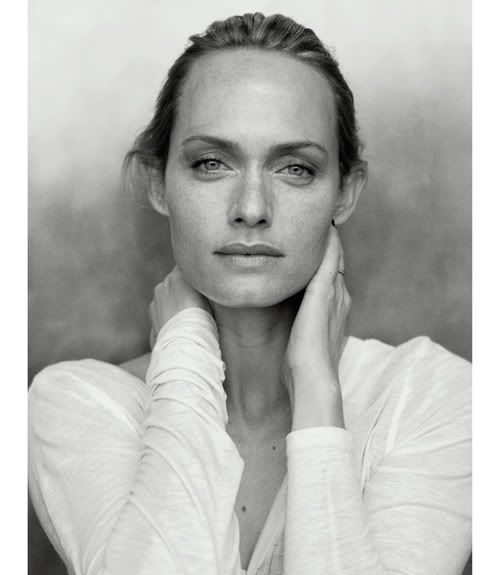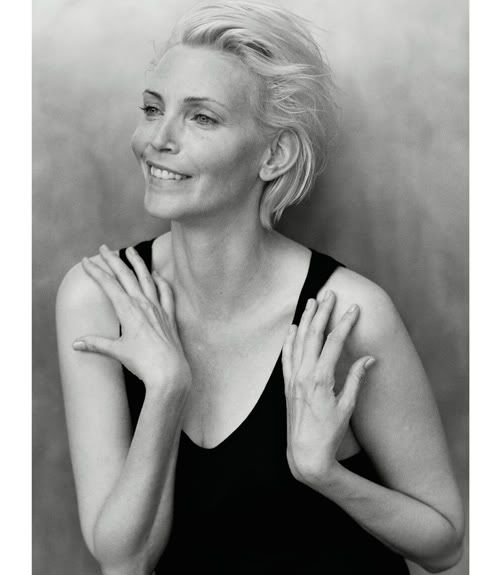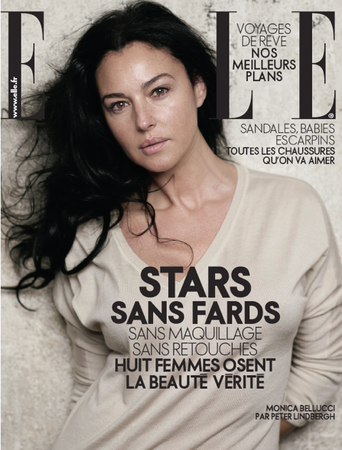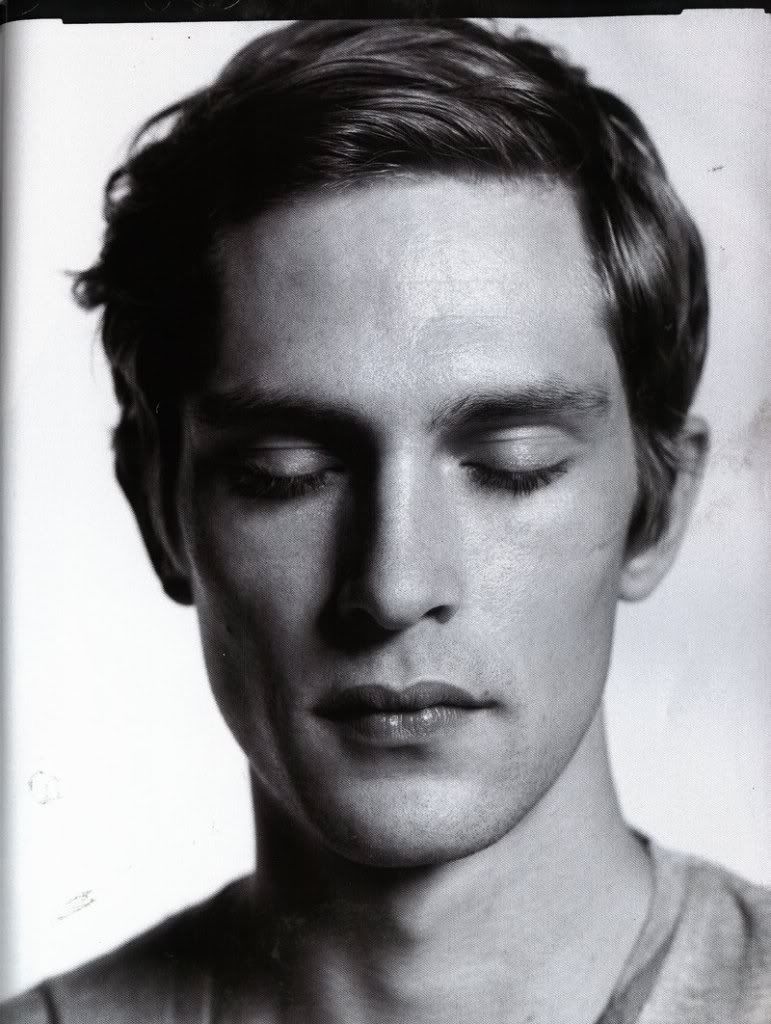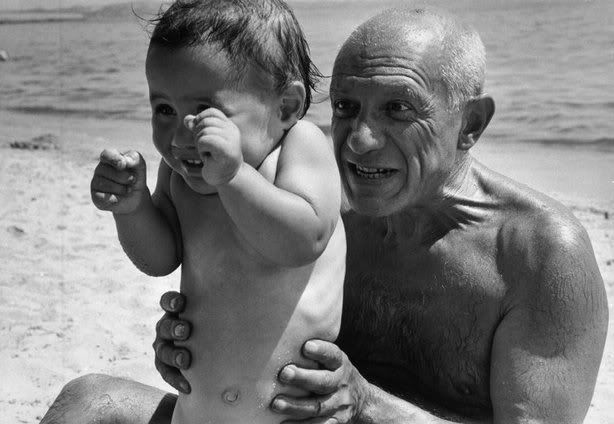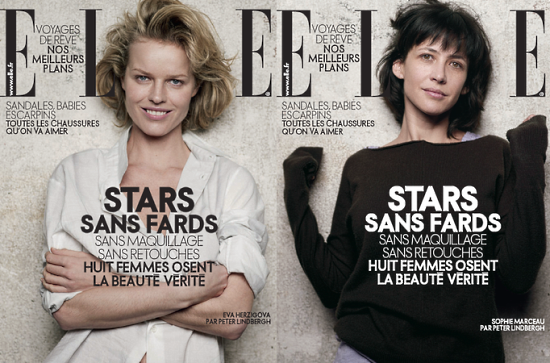In this ongoing series, Style.com’s editor in chief, Dirk Standen, talks to a number of leading industry figures about the challenges and opportunities that lie ahead for the fashion business.
“This is my new office,” Carine Roitfeld jokes when I meet her in the lobby of the Carlyle on Manhattan’s Upper East Side. It is less than a week since she officially vacated her throne as editor in chief of Paris Vogue, and in this darkly lit grand hotel, it’s tempting to see Roitfeld, with her gray fur jacket and Russian roots, as a glamorous aristocrat in sudden exile. It’s an exile that will be short-lived, no doubt. She has already exerted an unmistakable influence on fashion, not once but twice: first with the porno-chic aesthetic she co-authored in the nineties as a stylist for Mario Testino and Tom Ford, then of Gucci; later, with her provocative, photo-driven, decade-long tenure at Vogue. Now everyone is speculating about her next act.
The moment we slide into a booth and Roitfeld removes a pair of Tom Ford sunglasses the size of saucers, a different woman emerges: talkative, immensely charming, unafraid to appear vulnerable, yet also fiercely determined. I barely have a chance to turn on my tape recorder before she is off and running on a variety of subjects: her mysterious departure from Vogue, the need to promote young talent, and dinners à trois with Riccardo Tisci and Karl Lagerfeld.
You were saying?
It’s strange for me to come back here to New York during the fashion show season and not to be the editor in chief of French Vogue. Of course, I’ve done it before when I was just a freelancer, but ten years is a long time. It’s like 20 times I came here for the shows, and suddenly I’m not the editor in chief. That’s a custom, so it’s hard to now be a freelance editor. But it’s exciting, too.
You’re skipping the circus this time?
I’m not going to the shows. Maybe I will see some friends at previews, but mostly I’ve come for the amfAR gala on Wednesday. I’m a big supporter of amfAR. And my son is giving an exhibition on Thursday. And I have to finish my book for Rizzoli. I’m very late, so it’s my last days to finish it. It’s supposed to come out September or maybe October of this year. So I have a lot of appointments. I’m quite busy.
The book is a look back at your career?
It’s a bit like that. I never like to go back, so to go back to a picture you did 20 years ago, it’s almost like going to a shrink. It’s a lot of emotion…Most of the pictures are the ones I did with Mario Testino…It’s mostly dedicated to Mario, that book.
Does one shoot stand out in your memory?
There are different ones, of course. I had a very good period where I was working at French Glamour and I was working for The Face. The “butcher” shoot with Eva Herzigova and those sort of stories. They’re memorable stories, and you say why? Maybe because it’s not just about fashion. It’s because it’s a moment of the time.
You’ve been working on the book with [editor] Olivier Zahm and [art director] Alex Wiederin?
Always I like to have trouble. It’s not easy to have two big personalities like Olivier Zahm and Alex Wiederin working together, with me in the middle. But I know “star wars.” I spent a lot of time between Tom Ford and Mario Testino, so I learned how to deal with it.
Speaking of Tom Ford, people are curious if you’re going to work together again.
No, no, I’m not going to work with Tom. That was ten years ago. If I look back at my CV, when I was freelance, I worked mostly ten years with Tom Ford at Gucci and Yves Saint Laurent. And after [that] I stopped and it was ten years at French Vogue. Now it’s a new decade and I don’t want to be doing what I was doing ten years ago. Of course, Tom is my friend and if he asks me what I think, I will answer. But I will not go and stay one week before the show and work with him.
What did you think of the super-exclusive show he did in New York?
I think it was very smart of him, just 100 journalists in his shop, and he was talking about each model and he had a sense of humor, so you see a lot of people laughing, which is fun…He did totally the contrary of everyone else and he made a big buzz, a big excitement. I think it was good not to see the [clothes] afterwards immediately on the blogs. For the editors, you feel more VIP, and it makes the buzz bigger and everyone knows about the Tom Ford collection. And really nothing came out. It was very controlled. Tom is a very controlled person, so he controlled everything…And his genius is to make the girls even more beautiful than they already are. It’s his talent. One of the girls was my daughter, and when she came out, I was anxious for her, but I thought, my gosh, she had never been so beautiful…I don’t know what he’s going to do for the next one.
It’s in London.
Is it? See, I don’t know.
We won’t see you modeling?
He didn’t ask me.
What are some of your plans?
You know, I have many projects, but as a Russian, I am very superstitious, and nothing is totally clarified. I think it will be [clearer] in one month. It’s just one week since I left the magazine, but I have a lot of ideas. It will of course be in fashion, but I don’t know exactly which way—magazines or maybe the muse of someone, I don’t know exactly. But what I’m sure of, because I discovered this at the end of my decade [at Vogue], it’s very important to help young designers. My last issue is the March issue, and it’s dedicated to young designers, no advertisers, just young designers, because I think they really need the support…When you meet these kids, you learn a lot from them, and I think it gives them a lot of positive energy…I definitely want to work on a project with young designers, not just French but international…I grew up and I think I have better ideas than I had ten years ago. [For the last ten years] I didn’t have a lot of time to think about the big picture or how fashion is going to be in some years. Now it’s a good moment for me to think about fashion for today, because a lot of things have changed, and when you’re working you don’t see all these things changing. But when you stop, you can see it. You have to understand the new way of working with fashion.
What are some of those changes?
Everything is going so quick now with the Internet, with the blogs. It’s very important. There are two possibilities; either you go very quick to the Internet or you go to magazines and you make it like a collector’s item. [I still think] it’s very normal to have all these fashion weeks and to go to all these shows. Can you show them through movies? I don’t think this is possible. It’s very exciting to be at the runway, to hear the music, to feel the atmosphere, to feel what people like or don’t like. Even if there are too many shows—I would love if there were less shows—I think we have to live with the shows. But after, maybe there is another way to make fashion stories.
You were one of the first editors to become a star of the street-style blogs. Were you conscious that was happening?
I’m never conscious about those sorts of things. I was never conscious that I was becoming an icon or I’m not an icon, because my family, my kids, my husband keep me down-to-earth. But it’s true that, when you go to a show now, the photographers are more interested sometimes in the dress or the jacket you’re wearing than to photograph the show, and I think this is totally wrong. It’s an honor and you smile to the people. But is it normal? I think there is something a bit weird, that more people want to see these looks than want to see what John Galliano or Dolce & Gabbana did for the show.
Now a lot of editors—Anna Dello Russo, Giovanna Battaglia—have become street-style stars, but you started it.
Because I have a specific look. Black eyes, hair in my face, high heels. Maybe it was a strong look in the streets that made me the first one. Anna is funny, she has an incredible look. And Giovanna, she is very chic in an Italian way. And there are other ones coming. I’m sure there is a lot who want to push me out of the way, because this is fashion. It’s never very faithful, you know, and people want change all the time. This is the purpose of fashion, so I don’t know what is going to happen with me. But my look is not going to change very much.
Does that kind of attention make an editor’s job more difficult?
When you see ten shows in one day, it’s very difficult to have a [considered] reflection. People come up to you with a microphone after the show, and sometimes you’re [not ready] to say what [you] think of this show. Sometimes it takes a week to digest everything. I’m not very good just after a show. Sometimes you love it, but you don’t know why you love it. You have to digest, and after you have better answers.
I’d like to talk about Paris Vogue. Was there a moment where you felt you’d really defined the voice of the magazine?
It took a little time, because when I came to Vogue ten years ago, it was not the Vogue it is today. Joan Juliet Buck, who I was working for as a freelancer, was more a journalist editor than a fashion editor, so it was focused more on the text and writers and not so much on fashion. And me, I come with all my fashion ideas, but it was very difficult at the beginning, because a lot of photographers, it’s easy to forget, didn’t want to work for the magazine…Each time we try to be better and better, and it takes almost ten years to be a team, and now I think the best team is there. It’s very sad to leave your family after ten years…But I think the times are changing, too. I said to Jonathan [Newhouse, chairman of Condé Nast International], when I can make it ten, it will be great for me. And I think in the last [period] that maybe I got less freedom than I got before, so I think it was just the right time for me to leave, because I want to enjoy and do everything that I want to do. And Jonathan was an amazing boss, because he let me do such crazy things. To put a black transsexual with a beard and high heels on the cover? I don’t think a lot of presidents will let you do that. I think it was fun to look at French Vogue. Each month was a new happening. But I think now they want to change a bit. Even the French president [Xavier Romatet, of Condé Nast France] now wants something a bit [pauses]…sweeter I would say, and if I cannot have a lot of fun, then I prefer to do something else.
You felt you had less freedom at the end?
I think yes. I think the French president—maybe not Jonathan—but the French president thinks he wants something more [pauses]…I won’t say I’m too provocative; it’s my way of expressing myself, you know. They won’t change everything, because when something has been so [successful], it would be stupid to change it. Maybe they want [things] a bit more easy for everyone. It’s true, I’m always pushing. I like that. I’ve always been provocative, but what I’m going to do next is a new way of provocation. I did for many years porno chic. I was the queen of porno chic. And I will do something totally different now.
Are advertisers too powerful now, to the point where it stifles creativity?
Of course they’re very powerful. And more and more powerful…But I never talked, myself, to the advertisers; I talked to my readers. Always I has this way of thinking, and maybe that’s the reason I had more and more readers…We never felt forced to photograph something.
Did you feel the pressure of political correctness?
I think it’s sad because when I did this Tom Ford issue, for example, we put a lot of little girls with makeup, a lot of jewelry. It was for Christmas and it’s nothing compared to what Guy Bourdin did 20 years ago or what I saw in all the magazines ten years ago.
But the shoot with the kids did cause waves?
Yes, but when you put kids, you always know it’s going to be a problem. There was no nudity, it was always a T-shirt under the evening dress, but you know, people see what they want…These are the risques du métier.
There are rumors that you were fired because of the Tom Ford issue.
No, that’s wrong…I think it was a controversial issue, but they were all controversial issues. I told you, at the end of this decade, I could see that the new president in France wanted to change the direction of the magazine. I’m sure the Tom Ford issue is not the way they’re heading in the next few years, but it was not because of the Tom Ford issue. I was not fired, because if I was fired, it would not be a very nice ending. It was a discussion between Jonathan and myself, and he never fired me…I know I did a good job. I know the March issue is a record in terms of advertising. So I’m not leaving a sad magazine, an empty magazine. I’m leaving a magazine that has an epic stop. I’m very happy about that.
Do you feel you’re leaving the magazine in good hands with Emmanuelle Alt?
I think the team is perfect. And I think it’s like a boulevard—an easy road in front of them. For six months, it’s the same program as today, because everything for this season was almost organized. So we’ll see what happens next season. I think it would be stupid to change too much, because I think it’s doing quite well. But everyone has their own personality, and Emmanuelle is very different than me, so we’re going to see what she’s going to do. But I think it’s going to be a bit easier for her than it was for me ten years ago, because everyone wants to work at French Vogue now.
People say you and Emmanuelle Alt are not on speaking terms.
It’s true that we are in not in the best relations, [but] I don’t want to talk about it, to be honest.
What are you proudest of achieving at the magazine?
To enjoy going to the office for ten years. Because I’ve worked for all those other magazines, and I know it is not like this everywhere. I think the reason the magazine was good was that we enjoyed doing the magazine, and I think the readers felt this…I also just realized at the end that you get big, big power when you get that job, and you can make someone a celebrity. Look what happened to Lara Stone. She wanted to stop being a model. She had no success at all. And my friend Riccardo Tisci said to me, “Oh, you have to look at that girl, she’s amazing.” And I believed him and I booked her, and after that I booked her for each issue. She was the cover of my special anniversary issue, the cover of the February issue. I gave her eight or nine covers, and now she’s one of the biggest stars. It’s very exciting to make someone a star, and it was something you could do with French Vogue…It’s like my friend Peter Philips. I started with him when no one knew him. He was an assistant, and now he’s the head of Chanel [makeup]. It makes me happy to see all my friends [succeed] too, because I like to share the cake with other people.
Your father was a movie producer. Perhaps you inherited some of that from him?
I hope I will have the same serenity and sagesse, wisdom, as my dad. Maybe he wasn’t the biggest producer in France. He had a great catalog, but there were people who were bigger than him. But he was one of the most respected ones. He was like a godfather in this business, and when he died and I saw all these people, very well-known people, come to pay their last respects, I thought, oh my God, I hope I will have the same wisdom as him. Everything I did was following in his footsteps, and it’s true he always protected me, so I hope he would be proud of my new decision. People say, “Why did you leave French Vogue? It’s crazy.” But I say, I always liked challenge. When Tom Ford asked me to consult for Gucci, I had never consulted in my life. I didn’t know what consulting was, and look, we made something amazing. I have a lot of ideas coming, and it’s more exciting than getting older in your golden cage.
In general terms, do you see a positive future for magazines?
I think it will be very difficult for a lot of magazines, because now you see so many things on the Internet right away and you cannot be as quick as the Internet. Maybe some magazines will stay, but they have to be very beautiful, like collector’s items…Today we have to think differently. [Take] globalization. Ten years ago we never thought we were going to have a Vogue in China, and it’s one of the most successful Vogues, so if you’re not moving, you’re dead. Maybe it’s about going to other countries, to find another way to be interesting in fashion, to talk to a wider audience.
Any interest in working on the Internet?
I’m not an Internet [girl]. I’m not writing on blogs. I’m not a Facebook girl. Even though there is a fake Facebook with my name, it’s not me. I’m not on Twitter, it’s not me. But I think if I’m not going on the Internet, I’m going to totally disappear, because the future is the Internet. It’s very difficult for me to work on the Internet, but maybe I will find a way. I think this is very, very important.
Do you feel you did enough on the Internet at Paris Vogue?
No. I never took care of the Internet for Paris Vogue, never, because honestly I had no time to work on the Internet, and I don’t think a lot of magazines have success going on the Internet. You have to be thinking totally differently if you want to do something on the Internet. Even French Elle or Grazia, they’re very popular magazines, but on the Internet they’re not so popular, so there is something that doesn’t work. You have to think about exactly what people need on the Internet. It’s not that you do a continuation of the magazine.
Would you be open to editing another magazine?
Why not? I’m open to many opportunities. There are not so many ways to show fashion…To show fashion you need a magazine most of the time. Each time we were doing a magazine, it was like giving a dinner…You know this thing called Le Festin de Babette? She spent all her money just to make one dinner. It’s a bit like when you want to make a special issue. You give everything you have, your charm, your money, your relationships, to make something fantastic. You have to be very generous.
The photographers you worked with at the magazine—David Sims, Mario Sorrenti, Terry Richardson—they are the establishment now. Do you see a new generation of photographers breaking through?
There are some coming through, but when you have a magazine and you have the best ones, it’s difficult to put someone new between them. They want to be all at the same level. But I think now, we need new stylists, we need new photographers, and I’m starting to check and see some very good ones. And if I’m doing something new, I would love to use a new generation, because I think it’s good when people are very hungry…Personally, I think I had more creativity and talent 20 years ago when we had no money to do a story, [and we had] to do it in two hours after a money job when we got to keep the studio…I think everything is too established now. I think it’s good to break the rules. It’s like the models. It’s easy to have the five tops. I love risk…Now I found a new girl called Saskia. She has short hair, no one knows her, and this is going to be my last cover.
Where do you find new talent?
You have to be surrounded with people with [good] eyes. For example, my friend Riccardo Tisci. He’s really someone of his time. I’ve [tried] to nourish him, but he’s also nourishing me a lot with his instincts about models, photographers, singers. It’s very important for me to have some of these friends…He’s very exciting, he’s very aware, and each time he gives me good advice. Lara, Saskia—Riccardo introduced me to them, and he showed me some new photographers and I’d love to use them.
Why do you think it took people a long time to appreciate his talent as a designer?
I met Riccardo when he was unknown and doing his own show in Milan. A sort of very underground show. And to go from a very big-name show to an underground show was very exciting for me, so I met Riccardo this way, and after, I tried to make him come to Givenchy when they were looking for someone. I know they were not so happy at the beginning, but now they understand his vision. Sometimes it takes a bit of time. He was very young. It’s a lot of pressure on your shoulders, but I think since two or three seasons, it’s better and better. And his last Couture presentation was amazing. And even the men’s show, where people had to wait two hours because there was a problem with the electricity, no one stood up, everyone was staying, because they know something was going to happen at that show. Even if they don’t like everything, there is something new…He’s doing a book for Visionaire and he asked me to be in a picture. And it was fun to do it and he’s full of oxygen. And I just introduced him to Karl Lagerfeld and now they really like each other. It’s funny to have dinner with the two of them, because Riccardo is not intimidated by Karl; he is totally comfortable, and Karl has a lot of fun with him. You spend a very good evening listening to them. Maybe I’m a good go-between.
Which other designers do you admire?
Oh, there are a lot of designers I admire. There’s a long list. In the young generation, of course I love Nicolas Ghesquière. There were these problems with Balenciaga last season, but I know him since the beginning. I was one of the biggest supporters of Nicolas, and I just saw him for a cup of tea and now everything is fine again between Nicolas and me.
What was the real cause of your disagreement with Nicolas?
Sometimes people like to put oil on the fire, to make something bigger, and afterwards with blogs and the Internet, things [get out of] proportion. But now it’s gone back like before and I’m very happy because I think he’s full of talent.
There were rumors that you were consulting for other brands while you were editing Vogue. But you recently told Women’s Wear Daily that wasn’t true.
I didn’t have the time…You do so many shows, go to New York, London, Milan, Paris; you do many photo stories for your own magazine. Even if I’m a Superwoman, I don’t know when exactly I would find the time to spend one week [consulting] with someone at the shows. This is impossible.
Do you feel freer now?
I never felt not free. Even when I was doing so many things, I never had an office life. OK, I have no boss now. That’s a big difference. I’m my own boss and it’s a good thing and a bad thing to be your own boss. You can do whatever you want, but you need a protector. I need protectors, because it’s very difficult to do everything by yourself. I have a lot of people who want to do projects with me. It’s the reason I’m in New York. There are a lot of people to meet here. I think things will come more from New York than Paris. You’re never a king in your own country. You’re always better in another country, no? So I hope that Americans will still like me.
Why wouldn’t they?
People sometimes think I’m very cold, but I’m not. I’m a very shy person. When people know me, I’m not cold; I’m quite a nice person. It’s difficult as the editor of a magazine to be totally yourself because you’re a bit frightened. Now I think I go back where I was ten years ago, so I get younger, which is always good. Younger with dreams and younger with energy. Younger with risk, because now it will be my own risk; it won’t be Vogue’s risk. Always I will be a risky woman. I will keep this legend.
—Dirk Standen
